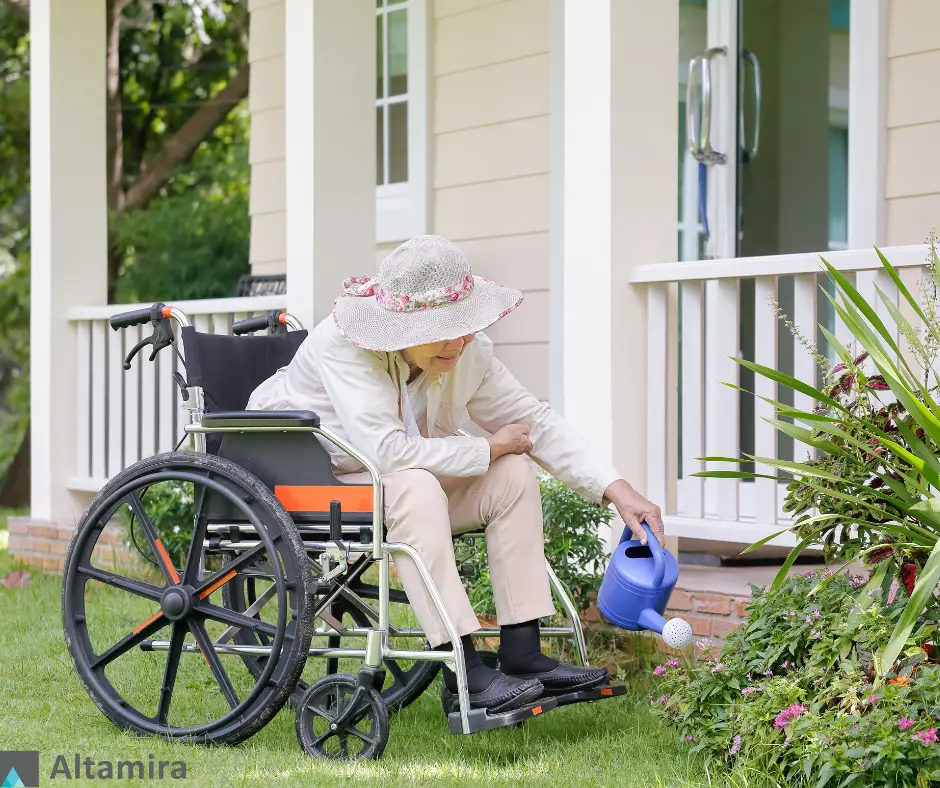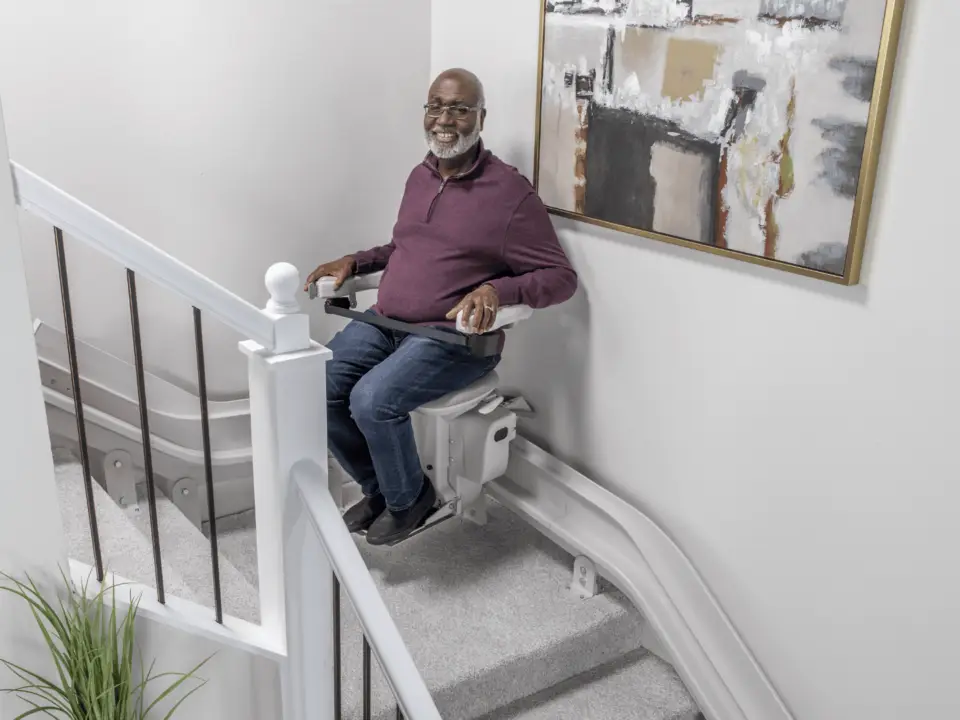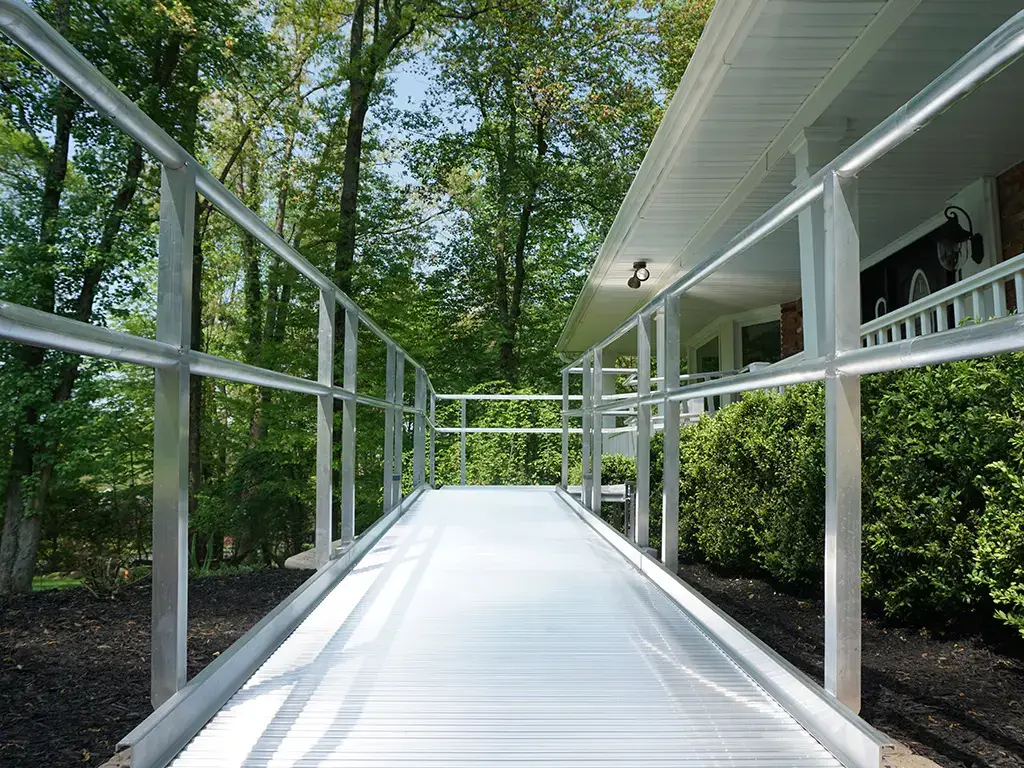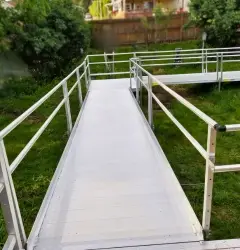As the population ages, the desire to remain in one’s own home for as long as possible has become a priority for many individuals and families. This concept, known as “aging in place,” involves making strategic modifications to a home to ensure it remains safe, accessible, and comfortable as its occupants grow older. Preparing for the future by adapting your living space not only enhances your quality of life but also provides peace of mind, knowing that you can maintain independence in a familiar environment.
Understanding Aging in Place
Aging in place is more than just a trend—it’s a conscious decision to invest in your home so that it meets your needs now and in the future. As we age, our mobility, vision, and physical strength may decline, making everyday tasks more challenging. Without proper planning, the home that once provided comfort can become a source of risk and difficulty. However, with the right modifications, you can continue to live safely and independently in your own space.
The Importance of Planning Ahead
One of the key aspects of aging in place is planning ahead. Many people wait until a significant event, such as a fall or illness, before considering home modifications. By anticipating future needs, you can avoid the stress and expense of last-minute changes. Early planning allows you to spread out the costs of modifications over time and ensures that your home will be ready when you need it.
Common Home Modifications for Aging in Place
Several modifications can make a home more accessible and safer for aging adults. Here are some of the most effective changes:
Wheelchair Ramps and Threshold Ramps: Installing wheelchair ramps and threshold ramps ensures that all entrances to your home are easily accessible, even for those using mobility aids like wheelchairs or walkers. These ramps eliminate barriers posed by steps or raised thresholds, providing a smooth transition between indoor and outdoor spaces and enhancing overall safety and independence.
Widened Doorways: Widening doorways to accommodate wheelchairs or walkers ensures that all rooms in the home remain accessible. This modification can also help prevent injuries caused by navigating narrow spaces.
Grab Bars and Handrails: Installing grab bars in bathrooms, along stairways, and in other key areas provides additional support and stability, helping to prevent slips and falls.
Barrier-Free Showers and Walk-In Tubs: Converting traditional bathtubs to step-in showers or adding a Barrier-Free shower allows for safer and easier bathing. Adding seating and handheld showerheads further enhances comfort.
Improved Lighting: As vision declines with age, proper lighting becomes crucial. Consider adding brighter lights, motion-sensor lights, and nightlights throughout the home to improve visibility and reduce the risk of falls.
Lever-Style Handles: Replacing traditional doorknobs with lever-style handles makes opening doors easier for those with arthritis or limited hand strength. Lever handles can also be installed on faucets for ease of use.
Stairlifts: For multi-level homes, installing a stairlift can provide continued access to upper floors without the strain and risk associated with climbing stairs.
Non-Slip Flooring: Replacing slippery surfaces with non-slip flooring, such as textured tile or low-pile carpet, can prevent accidents and make the home safer.
- Wheelchair Lifts: Installing a wheelchair lift provides a practical solution for navigating vertical obstacles like stairs or raised decks. Unlike ramps, which require significant space, wheelchair lifts offer a compact and efficient way to move between different levels of your home. These lifts are designed for ease of use, ensuring safe and smooth access to elevated areas, allowing individuals with mobility challenges to maintain full access to their living spaces.
The Emotional and Financial Benefits
Choosing to age in place offers significant emotional benefits. Remaining in a familiar environment close to neighbors, friends, and community activities can enhance emotional well-being and reduce feelings of isolation. Aging in place also allows individuals to retain control over their living situation, fostering a sense of independence.
Financially, aging in place can be a cost-effective alternative to moving into an assisted living facility or nursing home. While home modifications do require an initial investment, the long-term savings can be substantial when compared to the ongoing costs of institutional care. Additionally, certain modifications may qualify for tax deductions or financial assistance through state and federal programs.
How to Start Planning for the Future Today
To begin preparing your home for aging in place, start by conducting a thorough assessment of your current living space. Consider the following checklist:
Evaluate Mobility: Can you navigate your home comfortably? Are there any areas where you currently—or may in the future—struggle with mobility?
Assess Safety Risks: Identify potential hazards, such as loose rugs, steep stairs, or poor lighting, and consider how these could be addressed.
Consult with Experts: Work with professionals who specialize in home modifications for aging in place. They can provide tailored advice and help you prioritize changes based on your specific needs.
Plan for Future Needs: Think about how your needs may change over the next 5, 10, or 20 years. Consider the potential benefits of making certain modifications now, even if they aren’t immediately necessary.
Budget and Financing: Research the costs of various modifications and explore financing options, including government programs, loans, or grants that may be available.
Success Stories: Aging in Place with Altamira
At Altamira, we’ve had the privilege of helping numerous clients modify their homes for aging in place. One of our clients, a couple in their late 70s, came to us with concerns about their ability to navigate their two-story home in the coming years. We installed a stairlift, widened doorways, and modified their bathroom by converting the bathtub into a walk-in shower and added grab bars for safety. The result? They were able to stay in the home they’ve loved for over 40 years, surrounded by memories and a community they cherish.
Resources and Expert Advice
Aging in place requires careful consideration and planning, but you don’t have to do it alone. Altamira is here to help you every step of the way. Our team of experts specializes in creating customized solutions that allow you to remain in your home comfortably and safely. Whether you’re just beginning to think about aging in place or are ready to make modifications, we offer the guidance and support you need.
For more information, or to schedule a consultation, visit our website or contact us directly. Together, we can help you prepare your home for the future, ensuring that it remains a place of comfort, safety, and independence for years to come.






